History of web ‘versions’
There are many different ways to look at the internet/world wide web history. Everything about the internet is founded on the concept of information accessibility, and freedom of sharing information. This post will review a high-level history and steer away from as much techno-jargon as possible (i.e. NNTP, AJAX, .js, etc). The labeling of internet history into ‘versions’ is as objective as the labeling of society into ‘generations’ such as the silent generation, baby boomers, generation x, etc. This is not an objective or scientific concept, more of a loose concept to make thinking about history a bit easier.
Pre-Web 1.0 (Web .5?) is a collection of bulletin board systems (BBS) and newsgroups (i.e. Usenet) which were both created in the late 1970s, rose to a level of prominence in the 1980s, and began to decline in the 1990s.
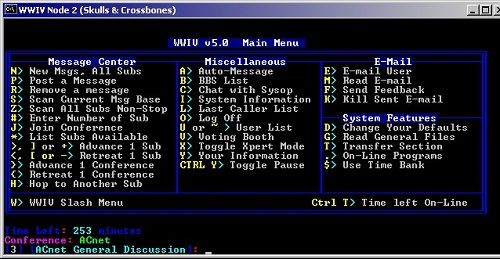
A bulletin board system or BBS was a very early way to share basic information or send ‘electronic mail’ or messages electronically with other users of the bulletin board system. Users connected to the BBS with a modem which consumed a land-based telephone line which was prevalent at the time. With very basic graphics, ASCII art was used to spice up and make these terminal windows more interesting. Users were able to chat via threaded discussions and share ideas or information they were interested in.
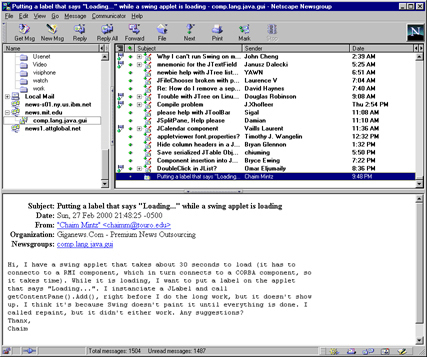
Newsgroups like Usenet were used on both modem data transmission frameworks as well as the general internet using a specific specialized protocol. Newsgroups leverage a decentralized architecture and copy their data to multiple other newsgroup servers across their network (or the internet). Information was organized in a similar way to the internet domain names today (i.e. sci.math or comp.os.linux) but not an exact match. Usenet is generally regarded as a precursor to the internet, but was used in tandem with the internet suite of technologies and is still used (albeit much-diminished usage) today.
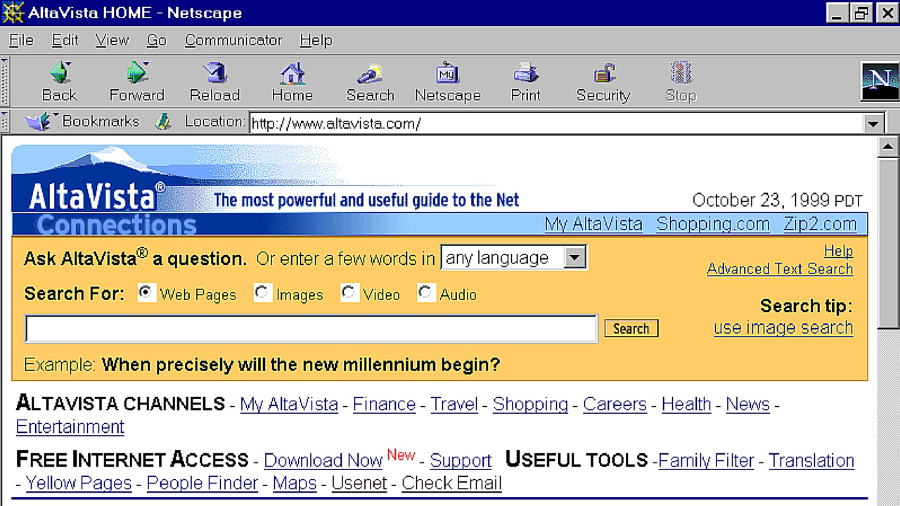
Web 1.0 is a period from the early 1990s into the early 2000s. Characteristics for web 1.0 is very light multimedia usage (maybe sounds or gifs) and static web pages. Search powerhouses like Google, MSN, and Yahoo! rose to prominence during this time by figuring out how to index and quickly search static web pages and connect users with the information they were looking for very quickly. Initial social-focused personalized websites for self-expression rose to prevalence such as MySpace and GeoCities which were focused on users sharing information about themselves in fun (albeit sometimes disturbing) and creative ways. Myspace was arguably at the tail end of web 1.0 or bleeds into the start of web 2.0 in the early 2000s.
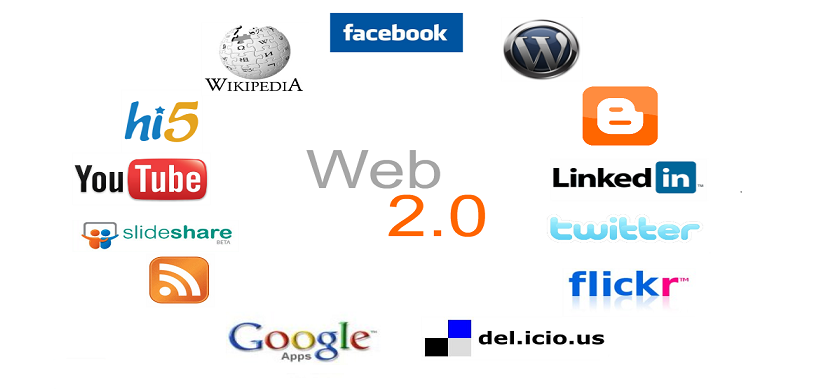
Web 2.0 took place arguably from the early 2000s to roughly the 2020s and is essentially characterized by the incorporation of multimedia more significantly and moving further beyond basic static text and picture-based web content. Dynamic content such as video, notifications, web logs (i.e. blogs), and additional user accessibility and interaction are major themes. Accessibility, meaning enabling users from many knowledge levels and backgrounds to participate and have their voices heard and knowledge shared without requiring a computer programming background gave rise to applications like Facebook, Twitter, TikTok, Youtube, LinkedIn, and Wikipedia.
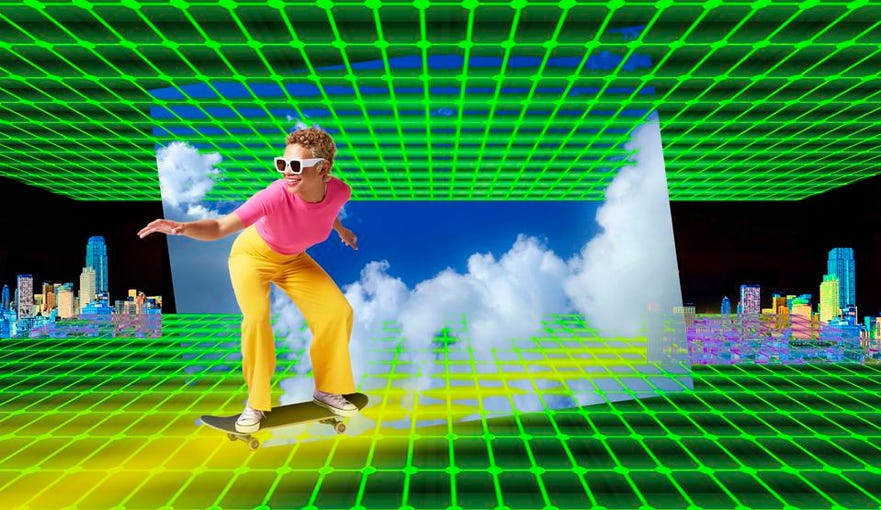
What is Web 3.0?
Web 3.0 (or web3) is another evolution being considered at the time of this writing that incorporates a greater scope of life into the internet. Items such as decentralization, artificial intelligence (or heavy automation), crypto-currency, and non-fungible tokens (NFTs) are central themes. Incorporating these technologies and concepts into a social-based system of interaction and personal expression, a ‘metaverse’ concept is also aligned with web 3.0. A ‘metaverse’ is the thought that a person could experience the digital world and interact for digital and real-life gains. Digital for self-expression (procured via NFTs), entertainment, and interpersonal communication. Real life for shopping and purchases via a digital storefront using VR or 3d based graphics. Note: As of this writing, most of these ideas are still in the idea and funding stage with VR headsets pushing the idea and attempting to garner interest.

Will there be Web 4.0?
Definitely maybe….? Considering the less than objective nature of the naming it’s not really possible to predict, though applications and uses of the internet will absolutely continue to evolve, so will people’s engagement with the internet. I’d personally lean more toward ‘yes’ but I will say with certainty… I don’t know for sure.